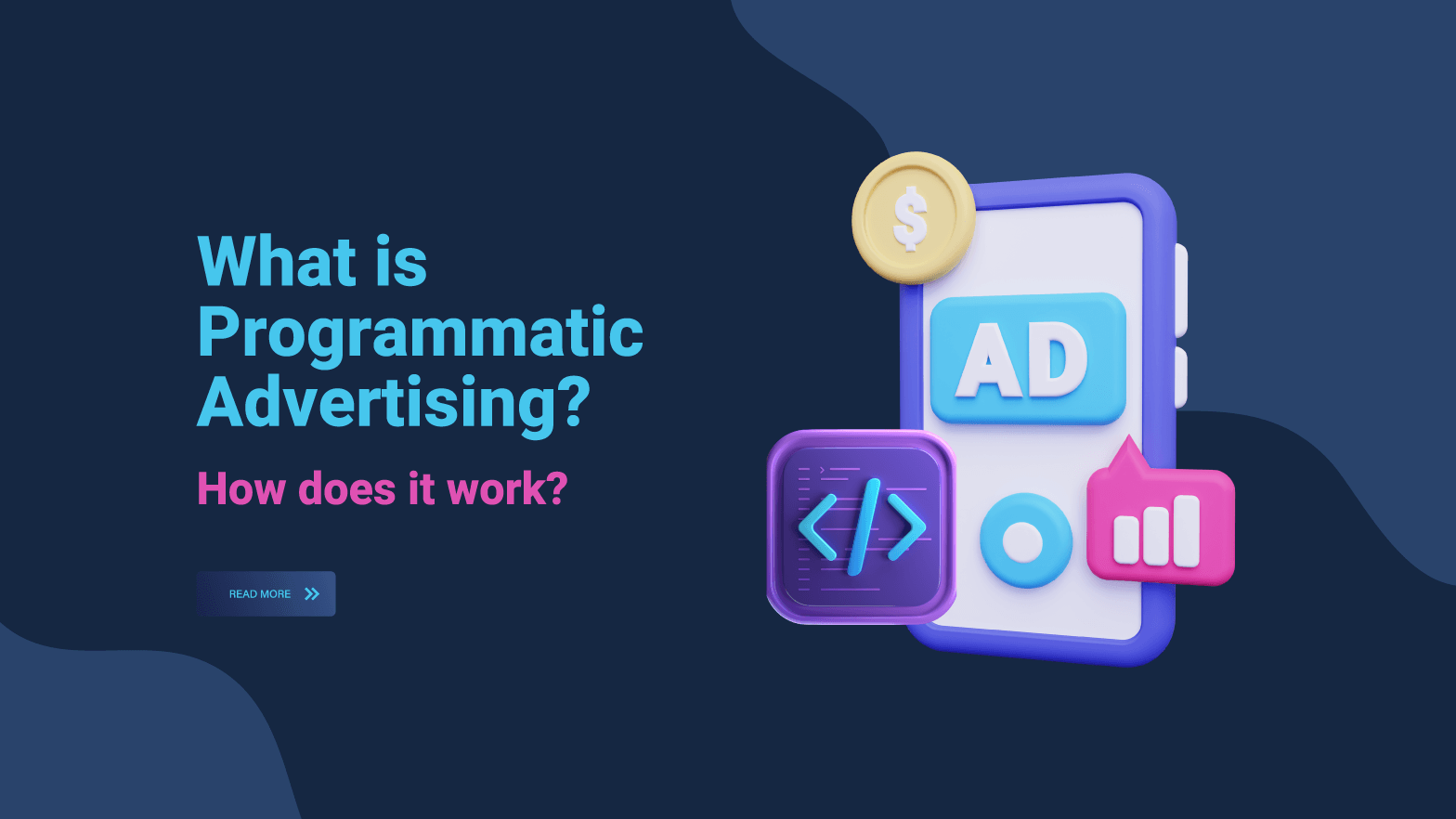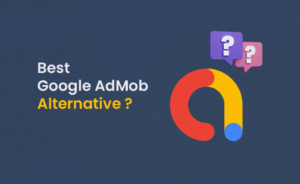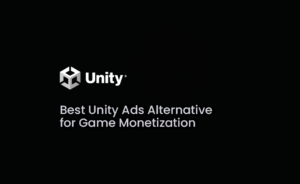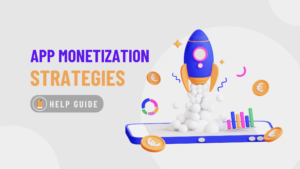What is programmatic advertising, and How does it Work?

Anyone familiar with digital marketing has probably heard about programmatic advertising. After all, it’s one of the most in-demand types of display marketing, with more than 90% of all digital display ad dollars transacting programmatically by 2022.
Before programmatic advertising, all ad ordering, setup, and reporting had to be manual. This manual procedure between buyers (advertisers/brands) and sellers (publishers) is time-consuming and expensive and includes substantial documentation, requests for proposals (RFPs), and negotiation in this traditional/offline advertising paradigm. The most significant limitation of this offline method is the inability to calculate the Return on Investment (ROI).
Programmatic advertising streamlines the whole advertising process, making it more effective and efficient.
Programmatic advertising aims to replace human negotiations with machine learning and AI optimization. The objective is to improve efficiency and transparency both for advertisers and publishers.
Global programmatic ad spending was estimated to be 418.4 billion US dollars in 2021, with spending expected to exceed 493 billion by 2022.
What is programmatic advertising?
Programmatic advertising is the practice of automatically buying and selling digital advertising space. It is a complex method of advertising placement that uses traffic data and online display targeting to create impressions at scale, resulting in an increased ROI for marketers. It can also produce excellent outcomes for SMEs and businesses.
Ad exchanges execute automated auctions that bring together both parties to the transaction in the market for digital advertising space:
- Advertisers – who want to purchase ad space on the internet.
- Publishers – app owners who have digital space for sale.
Programmatic advertising elevates the entire process. It employs computer software to handle the sale and placement of digital ad impressions through ad exchange networks in fractions of a second.
Programmatic also uses traffic statistics and online targeting strategies to provide impressions more precisely, efficiently, and at scale, resulting in higher ROI for advertisers and publishers.
What are Programmatic Platforms? Explained!
Programmatic platforms help carry out programmatic advertising. Such platforms are part of the overall system necessary for programmatic advertising. Each aspect of the system works in tandem to assist both publishers and advertisers. Demand-Side Platform (DSP) and Supply-Side Platform (SSP), Data Management Platform (DMP), and Ad Exchange are some of such platforms.
Understanding how the various components of the programmatic advertising ecosystem interact can be cumbersome. However, you may have heard of terms like demand-side platform (DSP), supply-side platform (SSP), ad exchange, data management platform (DMP), ad servers, and ad networks. Let’s take a closer look:
Demand-Side Platform (DSP)
A Demand-Side Platform (DSP) is technology advertisers utilize to help coordinate programmatic media buying.
Supply-Side Platform (SSP)
Publishers use a Supply-Side Platform to oversee their display space in the same manner that advertisers use Demand-Side Platforms to handle their programmatic ad buying.
SSPs connect to an ad exchange and notifies it of the available inventory, which gets auctioned off to the highest bidder via Real-Time Bidding.
A DSP’s job is to buy programmatic ad space from publishers as inexpensively as possible, whereas an SSP’s job is to sell ad space for the highest possible price. An SSP can link to multiple ad exchanges to increase the publisher’s visibility to potential purchasers.
Data Management Platform (DMP)
A data management platform collects, stores, and sorts data. DMPs usually get used in programmatic in conjunction with a Demand-Side Platform on the advertiser’s side – or a Supply-Side Platform on the publisher’s side. DMP essentially connects to a DSP and sends data to it.
Ad Server
Publishers, advertisers, ad agencies and networks utilize ad servers to manage and operate online advertising campaigns. Ad servers make instant decisions about which advertisements to display on the app and then serve them. Furthermore, an ad server collects and reports data (such as impressions, clicks, and so on) for advertisers to acquire insights and track the effectiveness of their advertising.
Ad Exchange
An ad exchange is an online marketplace wherein advertisers, agencies, demand-side platforms, publishers, and supply-side platforms use RTB (Real-Time Bidding) to bid on advertising inventory from numerous publishers. Advertisers set the price by taking part in the bidding process. Furthermore, by using an ad exchange, advertisers receive visibility into where their advertising will appear.
Ad Network
An ad network acts as a go-between or broker for a group of publications and advertisers. It collects unsold inventory from publishers and resells impressions at a discounted cost.
What are Programmatic Advertising Types
Direct programmatic advertising happens when advertisers buy inventory directly from publishers via ad servers and networks. In addition, advertisers can also employ two more approaches to purchase ad space: Programmatic direct, RTB (Real-Time Bidding) and Private Marketplace (PMP).
- Programmatic Direct -Programmatic direct advertising is similar to how advertising was purchased when the internet was still in its infancy. The difference is the addition of added software that assists the whole process. Here, publishers and advertisers agree on the details of a media campaign in a 1:1 agreement.
- Real-Time Bidding – Real-Time Bidding is a type of data-driven programmatic buying in which advertisers can acquire impressions in a fraction of a second through a real-time auction. When a visitor arrives at an app, the publisher immediately auctions off the available ad space, and the advertiser with the highest bid to the DSP gets the space to display their ad.
- Private Marketplaces – A Private Marketplace is a private, invite-only ad auction where advertisers can bid on premium inventory spots before publishers provide them in an open RTB auction.
RTB Vs Programmatic Advertising
Real-Time Bidding (RTB) is only one element of the digital marketing puzzle. It’s a method of auctioning off ad space on a case-by-case basis, compared to carpet-bombing, in which everyone sees the same ad. RTB can be further explained as a type of programmatic media buying, while programmatic advertising is the buying and selling of advertising space employing Artificial Intelligence and machine learning. Critical components must be in place for a programmatic system to function successfully.
On the contrary, this would be a Demand-Side Platform (DSP) coupled with a Data Management Platform (DMP) on the advertiser’s side.
A Supply-Side Platform (SSP) gets used by publishers to distribute their available inventory across one or more Ad-Exchanges.
How Does Programmatic Advertising Work?
Programmatic advertising offers relevant ad impressions to audiences through the following automated steps:
- When a user visits an app that employs programmatic advertising, the automated bidding process begins to serve an ad to that specific user.
- On their supply-side platform, the publisher lists the ad space for this viewer (SSP). The SSP operates as the publisher’s seller, informing advertisers about the app, user, and ad space characteristics that allow DSPs to bid. They essentially advertise the product (ad space) for sale.
- Once the SSP obtains the ad space data, they examine the user’s cookies to discover parameters such as geography, demographics, interests, etc.
- The relevant demand-side platform (DSP) then reviews the user information provided by the SSP. DSPs assist advertisers in selecting ad space that fits their budget and targeting parameters. It assigns a value to the ad placement based on the app and user characteristics.
- The DSP bids on the ad placement on behalf of the advertiser. These steps occur in real time. Programmatic advertising often gets referred to as real-time bidding (RTB) due to this reason.
- After receiving offers from several DSPs, the SSP will select the winner. There are several bid tactics available for various SSPs. Waterfall bidding and header bidding are all solutions, with header bidding usually regarded as the most effective and ethical.
- Once the winning bid gets determined, the SSP serves the ad to the user on the publisher’s app.
This auction gets performed in the milliseconds it takes for the page to load since the process is fully automated.
What exactly does programmatic advertising do for publishers?
Programmatic advertising protects publishers and allows them to keep their viewers in mind by displaying relevant ads. They can also access transactions that result in enhanced revenue through bidding procedures.
The following are the advantages of programmatic advertising for publishers:
- Ease of use: Programmatic advertising makes it much easier to sell advertising space.
- Relevancy: Visitors to a publisher’s app will get relevant ads because they are part of the advertiser’s target demographic.
- Efficiency: Programmatic advertising can help publishers reduce expenses and increase margins, allowing them to earn more from their available ad space.
Programmatic Advertising Benefits to Advertisers?
Before programmatic advertising, advertisers had difficulty accessing ad inventory. As a result, 60% of publisher ad space remained unsold. Automation aided in the resolution of the problem by making it much easier to analyze and purchase ad inventory.
The following are the benefits of programmatic advertising for advertisers:
- Scalability: Rather than being constrained, programmatic advertising allows advertisers to reach a wider audience by buying ad space from any accessible ad inventory.
- Real-time flexibility: Advertisers can make real-time changes to ads based on impressions, and they can use a wide range of targeted criteria.
- Efficiency: The procedure is more streamlined, and targeting allows for more relevant adverts to get presented.
What is the cost of programmatic advertising?
The cost of programmatic advertising varies and typically gets based on cost per thousand impressions (CPM). CPM prices vary depending on who you’re attempting to target, supply parameters, budget, and the length of time the campaign must run. Changing these parameters will affect the campaign’s final cost.
While prices can vary greatly, programmatic ad buying is more cost-effective due to real-time bidding.
What are the advantages of programmatic advertising?
Programmatic advertising gives up a slew of possibilities that would not have been possible when ad placements got carried out manually in the past. It enables advertisers to obtain digital media without having to pre-negotiate price, allowing them to pay only for the relevant impressions they receive. They can also sign up for minimal impression numbers on a minimal budget, making digital advertising more flexible. They get to acquire digital media from several publishers, lowering administration costs.
Before programmatic advertising, advertisers had difficulty accessing ad inventory. As a result, 60% of publisher ad space went unsold. Automation aided in the solving of the issue by making it much easier to analyze and purchase ad inventory. One of the most significant advantages is that programmatic advertising allows advertisers to make data-driven decisions, which increases ad revenue.
- Real-time insights: provides advertisers with real-time data on the performance of their advertising campaigns. Advertisers can use this campaign data to learn more about their target audience and campaign.
- Cost-effectiveness: Programmatic advertising is cost-effective. You will only spend money on what you know will be beneficial because you can witness real-time outcomes.
- Audience Targeting: Your audience will be found for you, ensuring you always hit your target. A desktop ad, for example, may not have the same effect if optimized for mobile, and programmatic platforms will make that choice for you.
- Greater adaptability: Programmatic advertising is revolutionizing the digital industry. Advertisers no longer need to pre-negotiate ad rates and instead pay only for the number of impressions received. Programmatic advertising is easier and more adaptable than traditional digital ad placement without the need for manual intervention.
- Enhanced Reach: enables advertisers to reach consumers based on various signals, such as shopping and browsing activity across devices.
- Ad fraud prevention: allows advertisers to evaluate each publisher in real-time based on the effectiveness of their advertising and select those who give consistent results. Major programmatic ad networks also combat ad fraud by limiting bot traffic, pre-roll advertising and providing ad credits if a fraudulent method is detected.
- Efficiency: reduces ad impression waste by presenting advertisements to appropriate viewers and reducing ad fraud risk. Because advertisers have access to a vast pool of publishers, they can get a better return on their investment, while publishers can optimize their earnings too.
- Budget-friendliness: Advertisers can use programmatic advertising to purchase digital advertising within their budget. Advertisers purchase from various publishers since they are not being restricted by any contract to run a certain number of ads on a single app. As a result, programmatic advertising costs less than traditional advertising.
How To Find The Right Programmatic Ads Platform?
If/when you’re on the fence about utilizing programmatic advertising for your next campaign, you’ll need to pick a platform.
Here are some things to think about when selecting a programmatic advertising platform.
- Targeting: First, ensure that the platform has the necessary targeting options. As previously said, programmatic advertising allows for exact targeting; therefore, you must ensure that what you select supports the targeting parameters you intend to utilize.
- Ad Formats: Ensure that the platform supports the ad type or formats you intend to utilize. A good programmatic advertisements platform will offer a variety of mobile ad formats such as Banners, Video, or Native, giving you the freedom to run the campaigns you want.
- Reporting and Analytics: It’s critical to ensure that the platform you’re considering has reporting and analytics capabilities and to track the performance of your efforts to ensure their success.
- Pricing: Finally, you should think about the platform’s pricing. While programmatic advertising buying is often less expensive than traditional techniques, the cost of the service offered by the platform might still make or break your deal.
Programmatic Advertising Trends to watch out for
Today, machine learning and Artificial intelligence are impacting anything and everything, and programmatic advertising is no exception.
Trends in programmatic advertising get driven by best practices, shifting views, and trends in fields, such as:
- AI – As AI advances, it will be able to integrate the mapping of ad viewing metrics with user data to display ads more correctly, resulting in cheaper costs.
- Enhanced personalization – Ads may get optimized and measured in real-time using programmatic ad technology. Dynamic creative optimization (DCO) combined with AI offers the necessary data and insights to deliver more concise messaging to the right users. This practice enables advertisers to deliver highly relevant and personally tailored ads to their targeted groups, which also benefits publishers. DCO knows the viewer and selects the optimal creative combination to send the message to each user, guaranteeing that publishers only show the most relevant advertising to their app’s users.
Is programmatic advertising the way of the future?
Programmatic will only increase in the future. The concept provides a considerably more efficient and effective purchasing and selling method for digital advertising space. The technologies involved are the limiting factors for programmatic advertising, but these will only improve over time. Look at what the programmatic ecosystem did look like years ago to recognize how streamlined and mighty the modern programmatic ecosystem is.
Accessibility has never been greater, especially for smaller brands.
In case you haven’t already begun implementing programmatic ads, now is the time. And if you are, you should make sure you’re using the ideal platform; AdPumb is a great place to start!
How does AdPumb fit into all this?
AdPumb, a programmatic advertising technology business, simplifies programmatic ads for publishers using proven ad mediation and monetization methodologies. We understand that programmatic advertising requires nurturing to attain its full potential. Our highly skilled campaign solutions experts closely analyze our clients’ programmatic campaigns at every stage to ensure that the target audience gets addressed.
At AdPumb, we believe that, even in a technology-driven market, the personal touch is priceless in programmatic advertising. Just as programmatic ad buying and selling should take place in real-time, so should optimization and analysis.
As we analyze and observe campaigns, we can quickly adapt to what works while avoiding what does not. We increase your revenue using programmatic advertising, whether you have a single app or a publishing network with several apps. We assist our clients in achieving outcomes by guaranteeing a 1.5-2X increase in net revenue.





